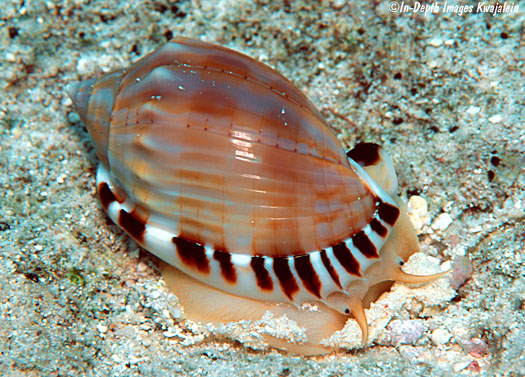
Judging from the empty shells, Casmaria erinaceus is common in the Marshalls. Living specimens are quite uncommon, primarily because they are strictly nocturnal and tend to live in areas where there is limited night diving. Most empty shells are seen on the seaward reef and lagoon pinnacles.

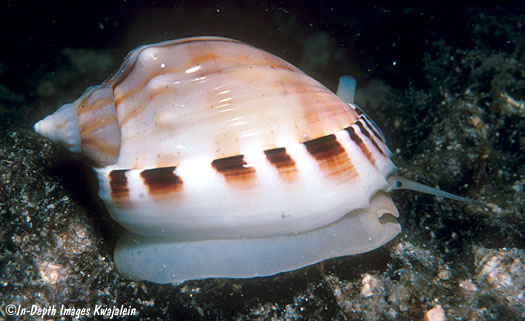
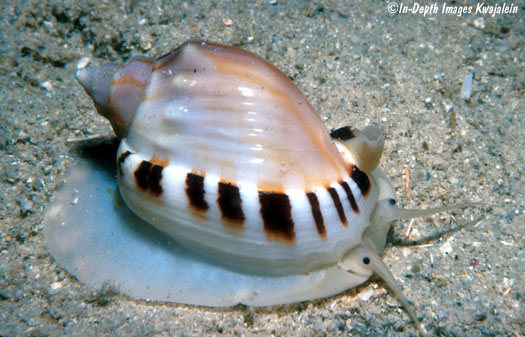
The specimen below appears to have had one of its tentacles and eyes removed, probably bitten off by a predator. A small black eye might be regenerating.
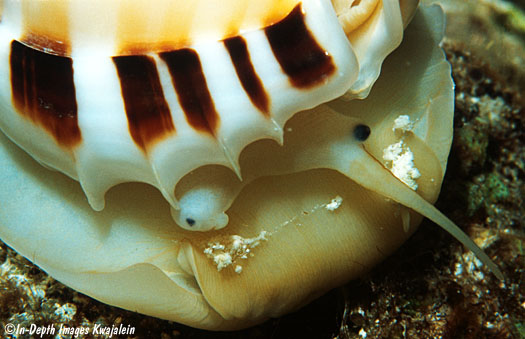
Shells are highly variable, from thick and heavy like those above to thin and more fragile like the one below.
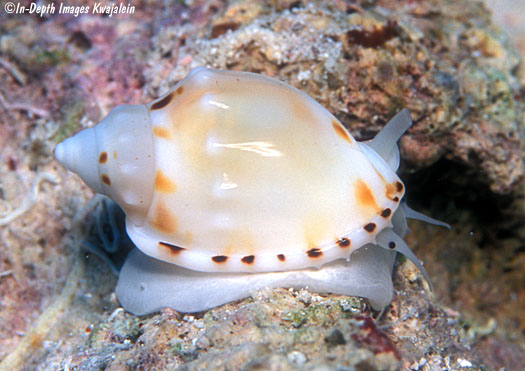
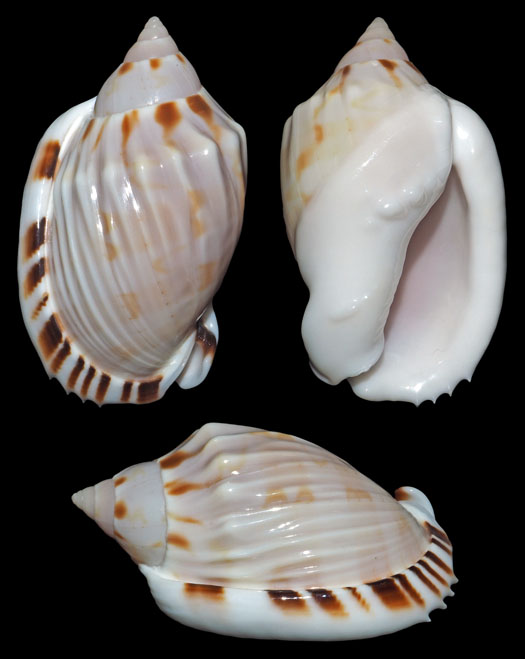
Casmaria erinaceus can be distinguished from the similar Casmaria ponderosa by the four or five pointed "teeth" restricted to the anterior end of the aperture. C. ponderosa has more teeth stretched out along the entire outer lip.
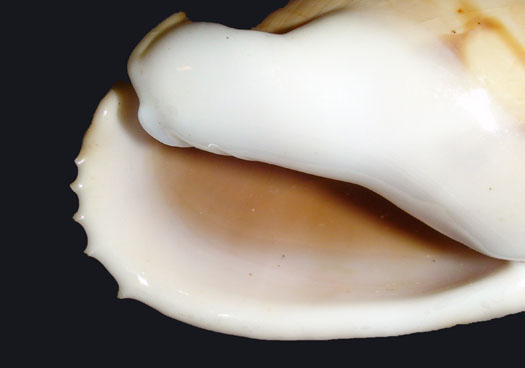
The dry specimen shots below show some of the variation. Shells may have rounded or elongate nodules along the shoulder of the body whorl (and sometimes on spire whorls as well). Just eyeballing the specimens below, it also seems that the overall shape of the shells differs somewhat as well. This would probably be a good group for DNA studies to see if as yet unrecognized species might be hiding behind the C. erinaceus name.
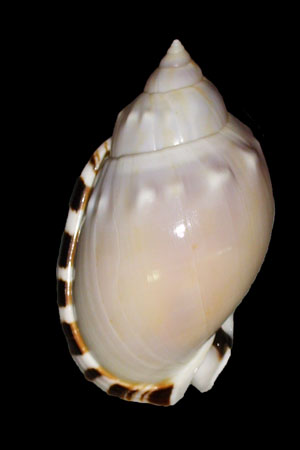
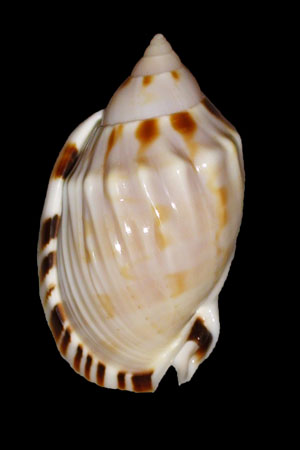
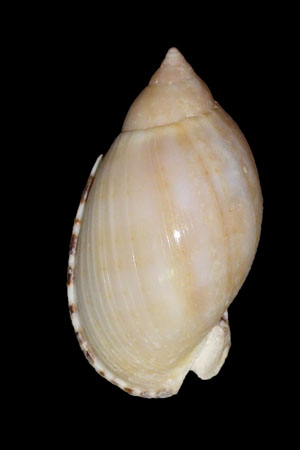
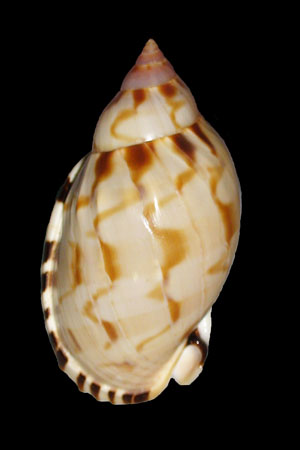
Created 10 January 2011
Updated 25 March 2020